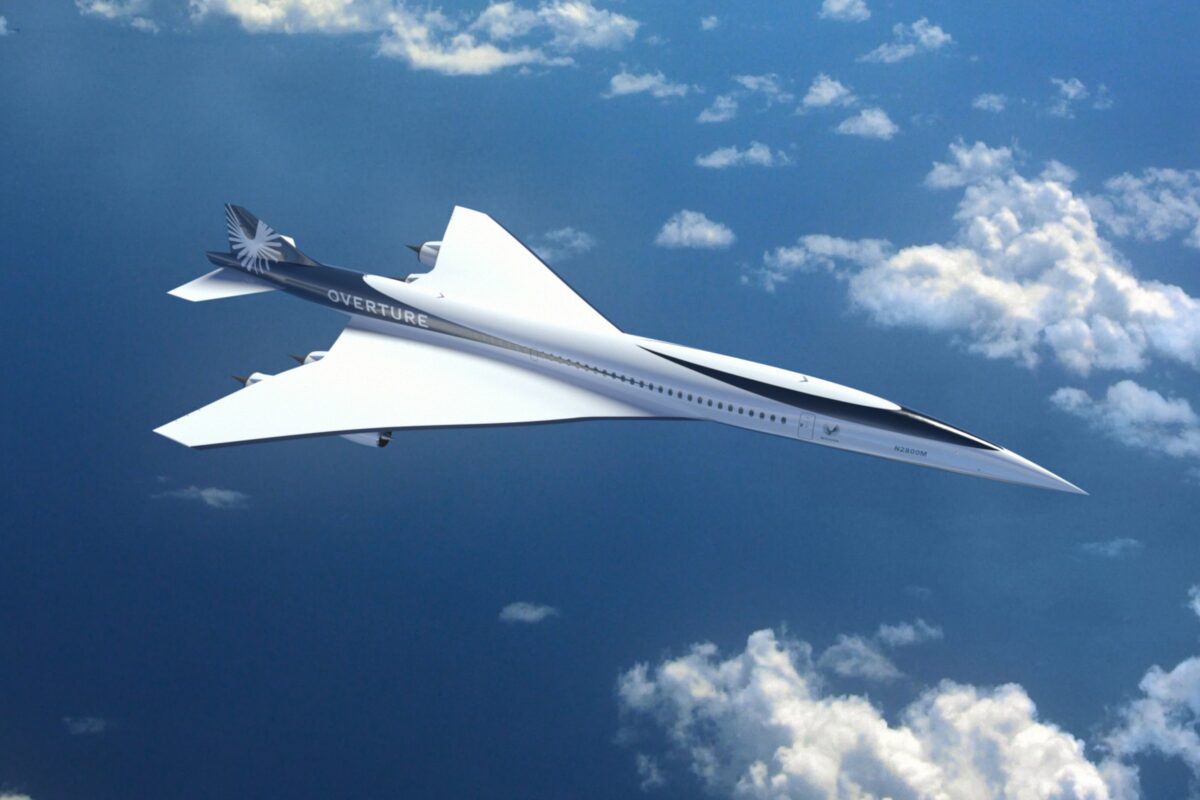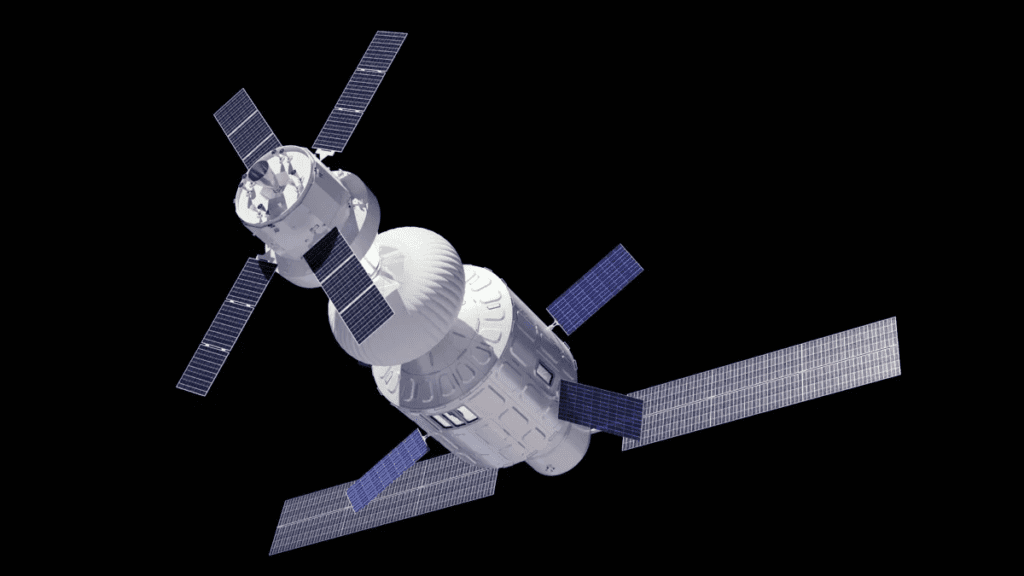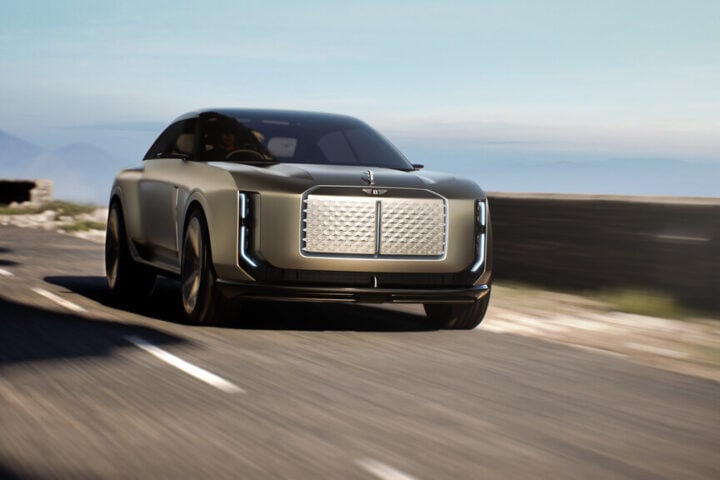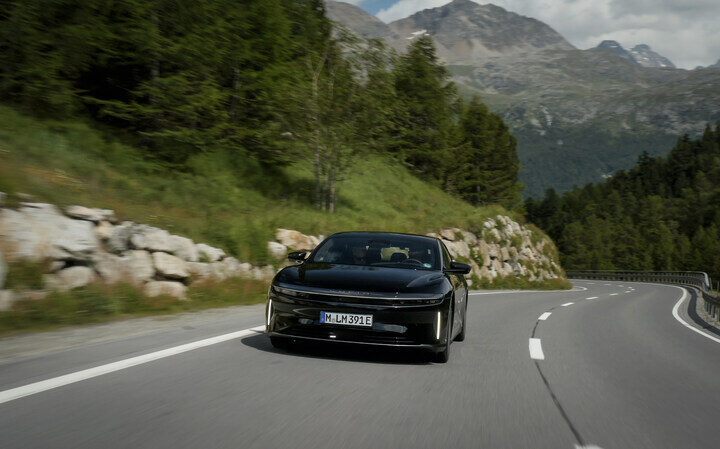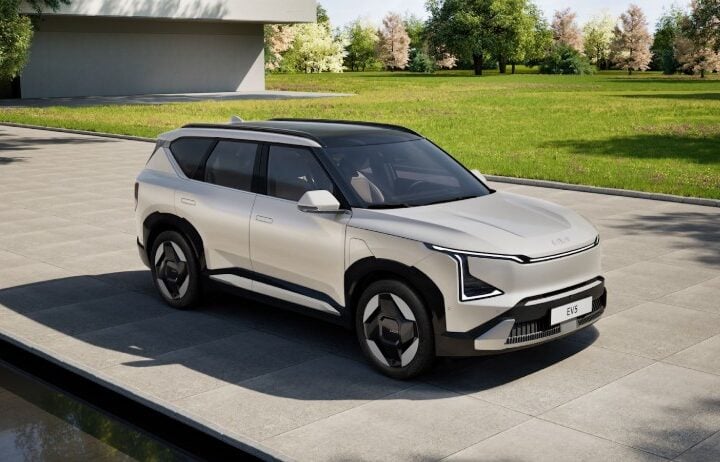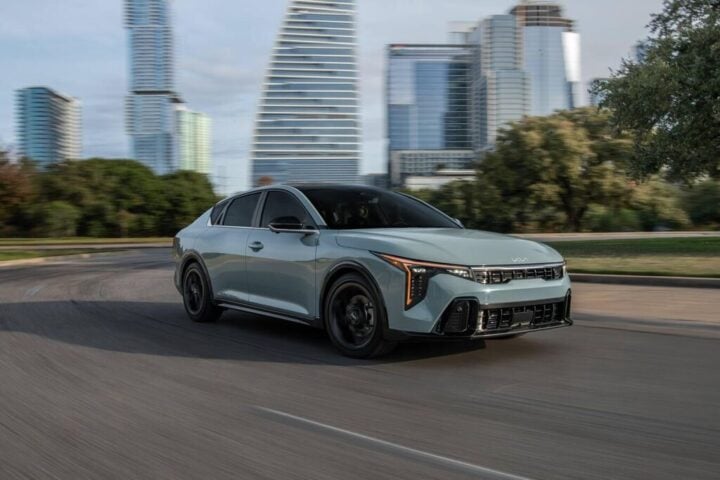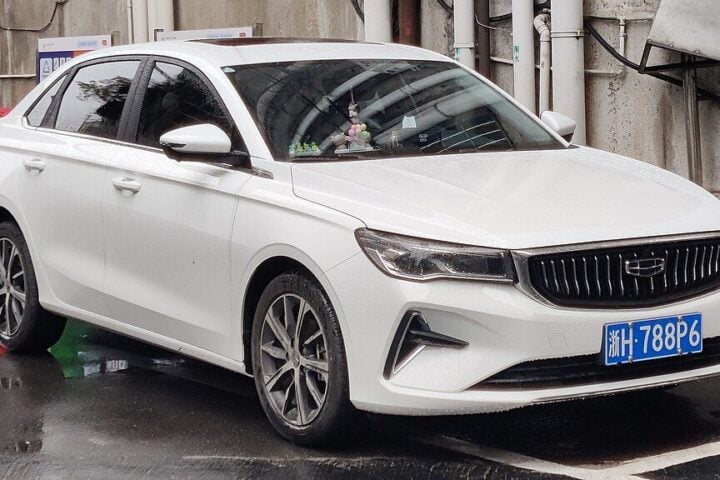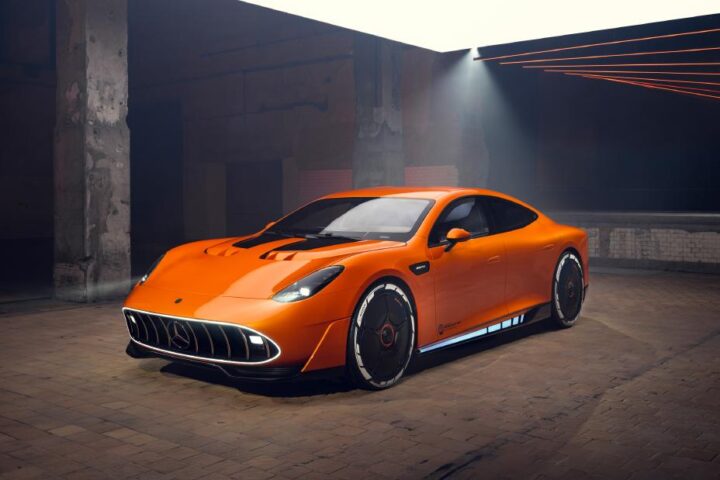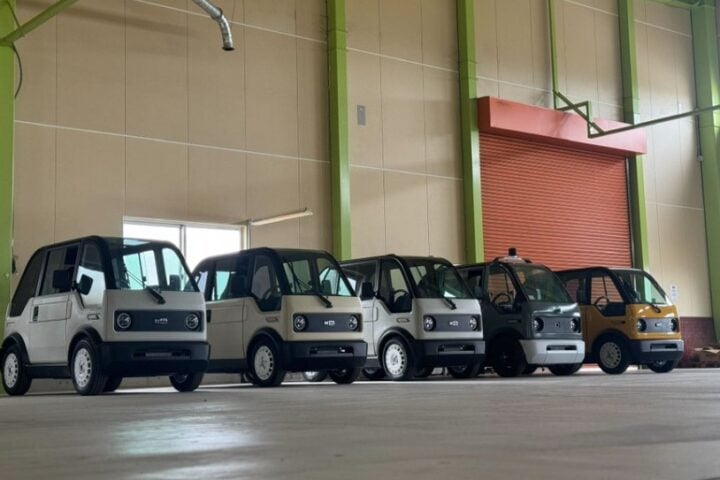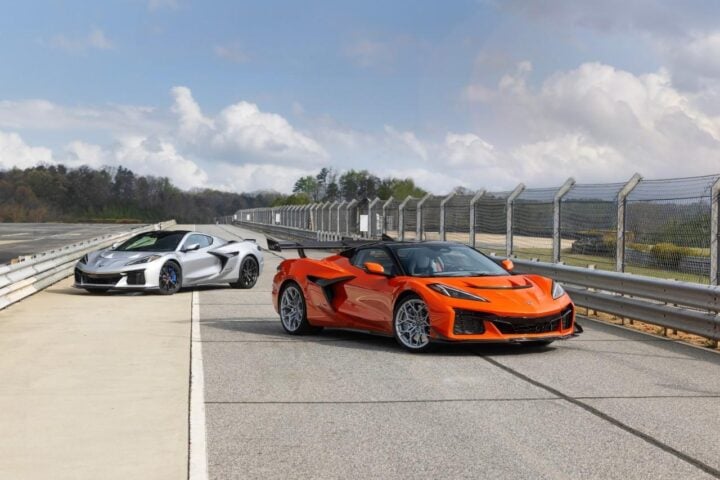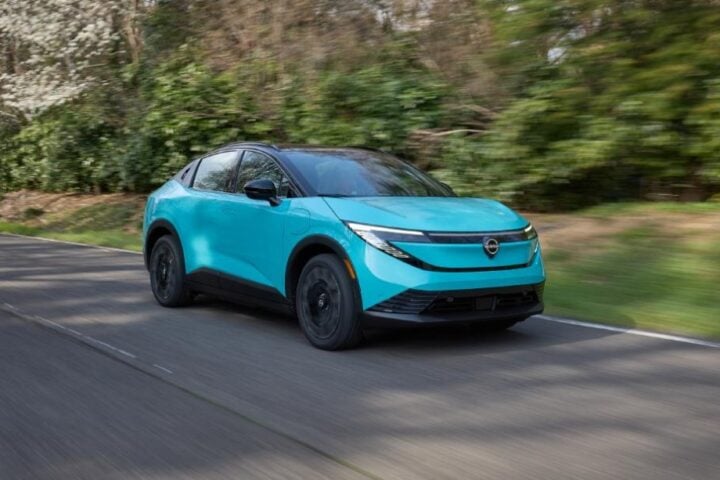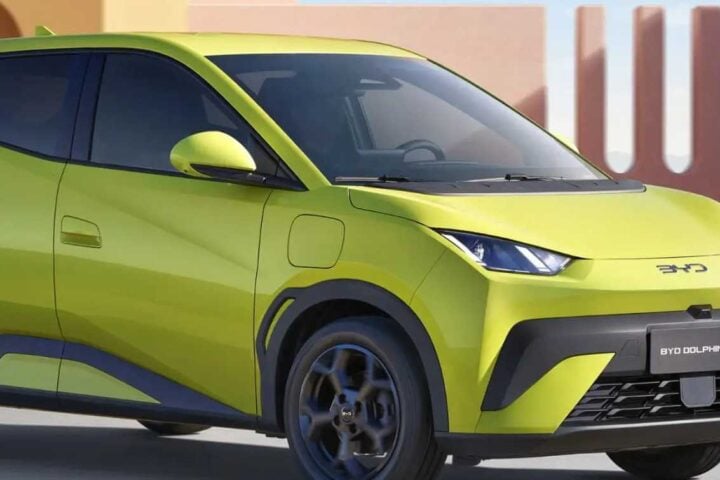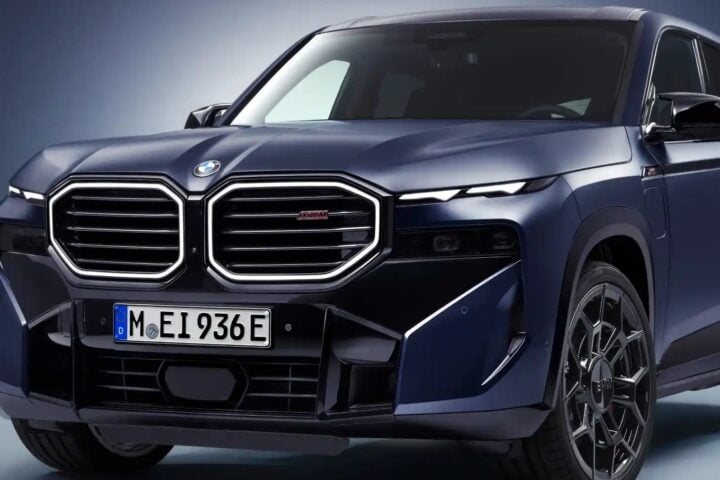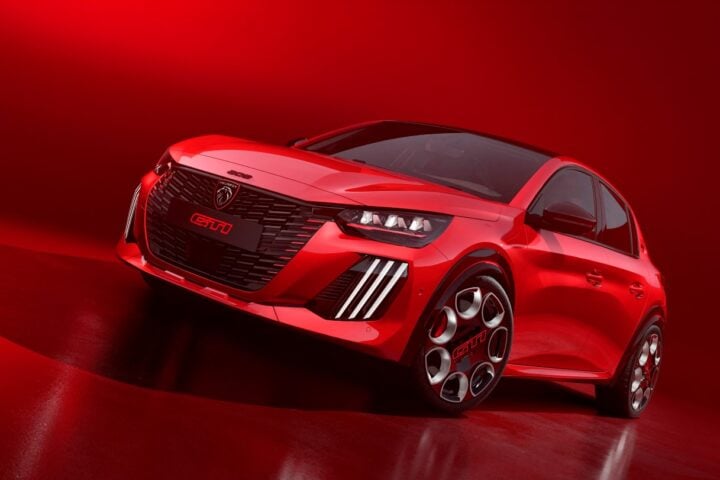An airliner called the Overture that will achieve speeds of up to 1.7 times the speed of sound is being developed by Boom Supersonic, a US aerospace company. The supersonic concept of air travel has languished since the retirement of Concorde in 2003. The Air France crash that killed everyone on board in 2000 precipitated the decline of commercial supersonic aircraft.
Noise, terrestrial shaking, and prohibitively high operating costs have limited the destinations that could be profitably served by commercial supersonic aircraft. Most likely, Boom Supersonic’s airliner will be able to take to the skies as early as 2029. Orders for the Overture have been placed by Virgin, Japan Airlines, American Airlines, and United Airlines.
US regulators have banned supersonic overland flights for decades due to the noise produced when aircraft break the sound barrier. NASA is working on an experimental supersonic jet, the X-59, that minimizes the explosive sound. Just under 100 feet long, the X-59 is less than half the length of the Concorde. NASA has created a design that breaks the sound barrier quietly, working with Lockheed Martin.
Flying at supersonic speeds is required to punch through an invisible threshold in the sky. Supersonic means rocketing through the air at a rate faster than sound waves can travel through it, though the exact air speed varies.
In 1947, Chuck Yeager became famous for breaking the so-called sound barrier. Today, flying faster than the speed of sound in a military jet is not a significant or even noticeable moment. People on the ground may beg to differ, depending on how close they are to the plane.
Ever since the Concorde stopped flying in 2003, civilians who want to experience supersonic air travel in aircraft have been unable to do so. The Boom Supersonic is bringing sustainable supersonic flight to the skies for the very first time.



Boom President and Chief Business Officer Kathy Savita placed emphasis on “sustainable”, when raving about Boom’s Overture supersonic aircraft. High operating costs caused the retirement of the Concorde fleet in 2003. Overture, the new generation supersonic aircraft, pledges speed, safety, and sustainability without compromise.
Overture will fly at speeds faster than the speed of sound—about 1300 mph—to over 600 destinations in half the time. Overture will be the only supersonic airliner since Concorde. Overture is planned not only to be fast, but it will also be safe and sustainable, and net zero carbon will be achieved.
In order to power its Overture flight test program with 100% SAF (sustainable aviation fuel), an agreement for SAF has been signed with AIR Company, which creates carbon-negative products from CO2. Overture, the world’s fastest airliner optimized for speed, safety, and sustainability, will operate on 100% SAF to aid in achieving net zero carbon and to drive sustainability at scale.
The engineering team behind Overture prioritizes the circular economy through the repurposing of used tooling, recycling components, and leveraging additive manufacturing techniques that result in less waste and lighter, more fuel-efficient products.
The AIR Company’s proprietary technology, which mimics photosynthesis to create its consumer ethanol, Has been adapted to develop and deploy a single-step process for CO2-derived fuel production using renewable electricity.
The Boom Supersonic selected North Carolina as the site for Overture aircraft manufacturing because of its large skilled talent pool, access to exceptional universities and technical schools, and close proximity to top-tier aerospace suppliers.
The Boom Supersonic commitment to environmental sustainability is reflected by the LEED certification of its Overture Superfactory and the unveiling of Symphony TM, the new propulsion system designed and optimized for Overture.
The Overture’s plan is to make the world dramatically more accessible. Aviation enthusiasts or avid travelers can experience supersonic air travel in the near future with the return of supersonic air travel, commercial aviation could be revolutionized, transforming long-haul travel into short-haul trips.
